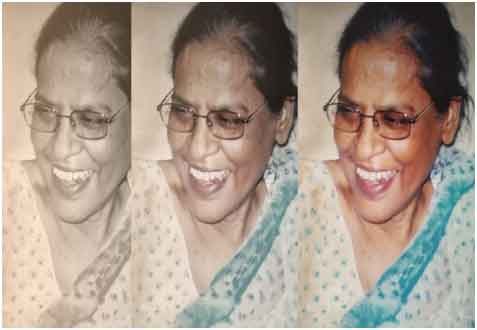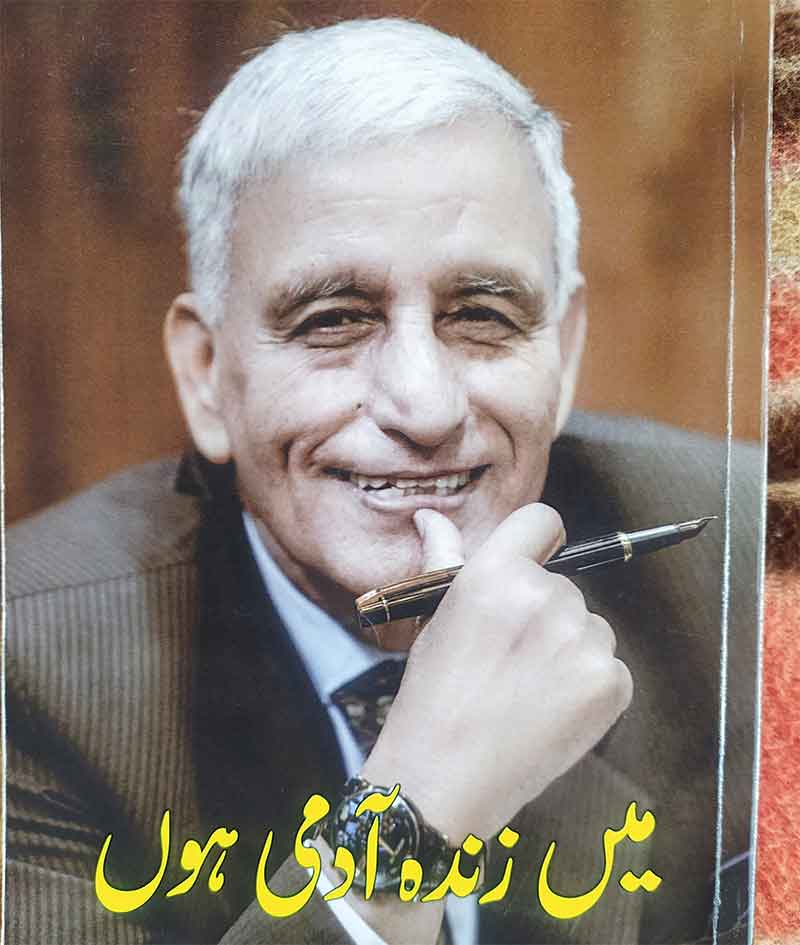
The Indian socio political environment at this moment is witnessing a never before revolutionary churning since the days of British colonialism. History is being etched by the ongoing farmers protest against agricultural laws brought in by an inconsiderate dispensation that is hand in gloves with crony capitalists. Farmers breaking all the barriers of gender, religion, caste and geography are uniting in millions at different borders of the country’s capital, asserting their inalienable rights on land and the ownership of their produce. There may not be another time so apt to revisit the life and legacy of Bharti Roy Choudhary, a fierce social activist and doyen of women, forest and land rights movement across the Vindhyas.
Born and brought up in a traditional middle class Bengali family in Old Delhi on 25th Oct 1953, Bharti Roy did her graduation and post graduation in Political Science from Delhi University. It was during that time of 1973-74 she got influenced by the JP movement that called for a total revolution against the corruption in Bihar and later the emergency excesses perpetuated by Indira Gandhi government in the center. Also influenced by the thoughts of Bhagat Singh, Ambedkar, Dushyant Kumar, NA Ostrovosky etc., she got involved in student politics movement by playing an important role in the organization Chhatr Yuva Sanghrash Vahini. In the following years, she was also an active participant in the anti communal struggles in Delhi.
Bharti Roy’s domain of activism expanded to women’s rights movement with the establishment of Action India in 1976. With an active participation in founding this voluntary organization that encourages initiatives by grassroot women towards their empowerment, she envisioned the spread of democratic processes that guarantees equal rights for everyone. She pondered over the questions of womens’-especially those at the lowest rung of the society- dignity, livelihood, and access to health, education and development. This made her instrumental in the formation of organizations like ‘Sthree Sanghrash Samiti’ and ‘Saheli.’ In 1978 she spearheaded anti-dowry movements by mobilizing women under these organizations. Her work also included the active mobilization and working with the labor women of rehabilitation colonies under the aegis of ‘Sabla Mahila Sangh’, which she established. With these Delhi based organizations, she has molded women leadership at the grassroot.
The year 1982 was a watershed moment when Bharti Roy decided to work for rural women and their rights to land and forest. She started working with Vikalp Social Organization in Uttar Pradesh’s Saharanpur, which focused on creating awareness and empowerment among women in the backward Khad region. Landless women from forest based communities were mobilized which resulted in an enhanced feminist consciousness among them. Questions related to their independent rights were raised with the setting up of UP Land Reforms and Labor Rights Movement Committee. This in turn fuelled the struggle to spread throughout Uttar Pradesh, which later culminated in the recognition of women’s rights to forest produce in the Khad region.
She also played an important role in setting up the ‘Mahila Mazdoor Morcha’in 1987 and Laborers Agitation Forum in the Rajaji National Park region, Uttarakhand in 1991, as it was during this period that the forest dwellers of Dudhwa National Park (in UP) region were severely repressed by the state. In 1987, after the implementation of Project Tiger in Dudhwa, forest department prevented the residents from collecting wild grass and firewood. They also put a ban on the sales of minor forest produce which put the livelihood of the forest dwelling communities in questions. More than 350 families were compelled to displace, rejecting which often resulted in extortion by the forest rangers and police. Against these atrocities, under the guidance of Bharti Roy, women and Adivasis fought together for their right to reside, cultivate the common land and thereby accessing community farming rights. While earlier such rights were only available to family as a unit, post the agitations, households headed by women too received their share of rights over common land and produce. In fact, this empowerment and self assertion of women after gaining possession of land is considered to be the most significant contribution of Bharti Roy.
With the experience and inspiration derived from being an active participant in the struggles for forest rights, Bharti Roy along with her comrades-Dr Vinayan, Ashok Choudhary, Roma Malik, D.Thannkappan etc. – had established the National Forum of Forest Working People (NFFWP) in 1998. Through NFFWP, she raised issues of community forest rights, environment and livelihood, role of different stakeholders in forests, especially women and the landless. In fact this was the first time in the region an organization was established, working solely for the labor rights of forest dwellers and women amongst them. NFFWP conducted multiple workshops among Dalit, Adivasi and other backward community women from agricultural families of Bundelkahnd, Terai region and few regions of Western UP. Subsequently in Kaimur region, these women rose to leadership by raising the slogan “All government land is people’s land,” and reclaimed around 20,000 acres of forest land.
The issue of women’s right in land and property was something that Bharti Roy has taken up simultaneously with the struggle for securing forest rights for Adivasis and Dalits. Over the years, she realized that in most part of Uttar Pradesh, women don’t have any right in their ancestral property. She found it quite ironical while considering the fact that in agriculture, more than half the work is done by women—along with handling household and children. Though the Hindu Code Bill mentions about equal ancestral property rights for women, it is silent on her right to husband’s properties. This led her to ponder over questions like why women are not getting equal land rights, who is standing against women from accessing it, how and from where land rights can be achieved and who will give it to them, whether it should be a struggle led by women alone or men and women will fight together etc.
To find answers to these burning questions, Bharti Roy started having increased interactions with landless women. They responded passionately to her quest by asserting that they want equal rights in home, wealth and property; want the freedom to spend their hard earned money as they wish and not as per the whims and fancies of the head of the family; want land of their own in the village, as a matter of dignity and livelihood; and that their names must be included in all the official documents related to land and property. The landless women of forest areas demanded that the government should fix the price of minor forest produce like Tendu leaves and mahua, and they should get equal share from its sale on a daily basis. They also insisted on the freedom from exploitations perpetuated by the landlord, village headman, forest rangers and police and the need for financial security and physical safety.
To empower women, especially those who are largely exploited by the capitalists, feudal lords and the state, Bharti Roy believed that it was necessary to forge solidarity across different sections, by fighting for a common cause. She was of the opinion that once the political awareness in women are roused, they don’t step back, and that they are capable of practicing revolutionary tactics in challenging multiple power structures of capitalism, feudalism and patriarchy. She believed that when women fight, they fight for future generations-to be well fed, educated, possess land-and offer them a life of dignity and security. She realized that a woman with land of her own or having right over community land will always be better prepared to stop domestic and societal violence against her. In this respect, the passing of Forest Act 2006 was a watershed moment, which asserted equal land rights for women. However she found it still silent when it came to widows and women who are living alone.
In the year 2007, despite her falling health, Bharti Roy played an important role in establishing the New Trade Union Initiative. She continued her struggle in mobilizing and creating awareness among Dalit-Adivasi villagers and forest dwellers till her last breath. In 2011 when she passed away, Bharti Roy Choudhary has left a legacy that would inspire the generations to come. Her life is nothing but a classic textbook case to study and understand the grass-root feminist movements in India, establishment of intersectional solidarity and the fight for dignity of the common. With her relentless pursuit of equal rights for women, forest dwellers and the landless, she has created a legacy that’s worth emulating for every crusader of justice- especially women- and which exactly is the need of the hour-in rescuing the nation from the clutches of rights grabbers.
Lekshmi Sujatha is an independent writer.
IF YOU LIKED THE ARTICLE SUPPORT PEOPLE’S JOURNALISM
















































